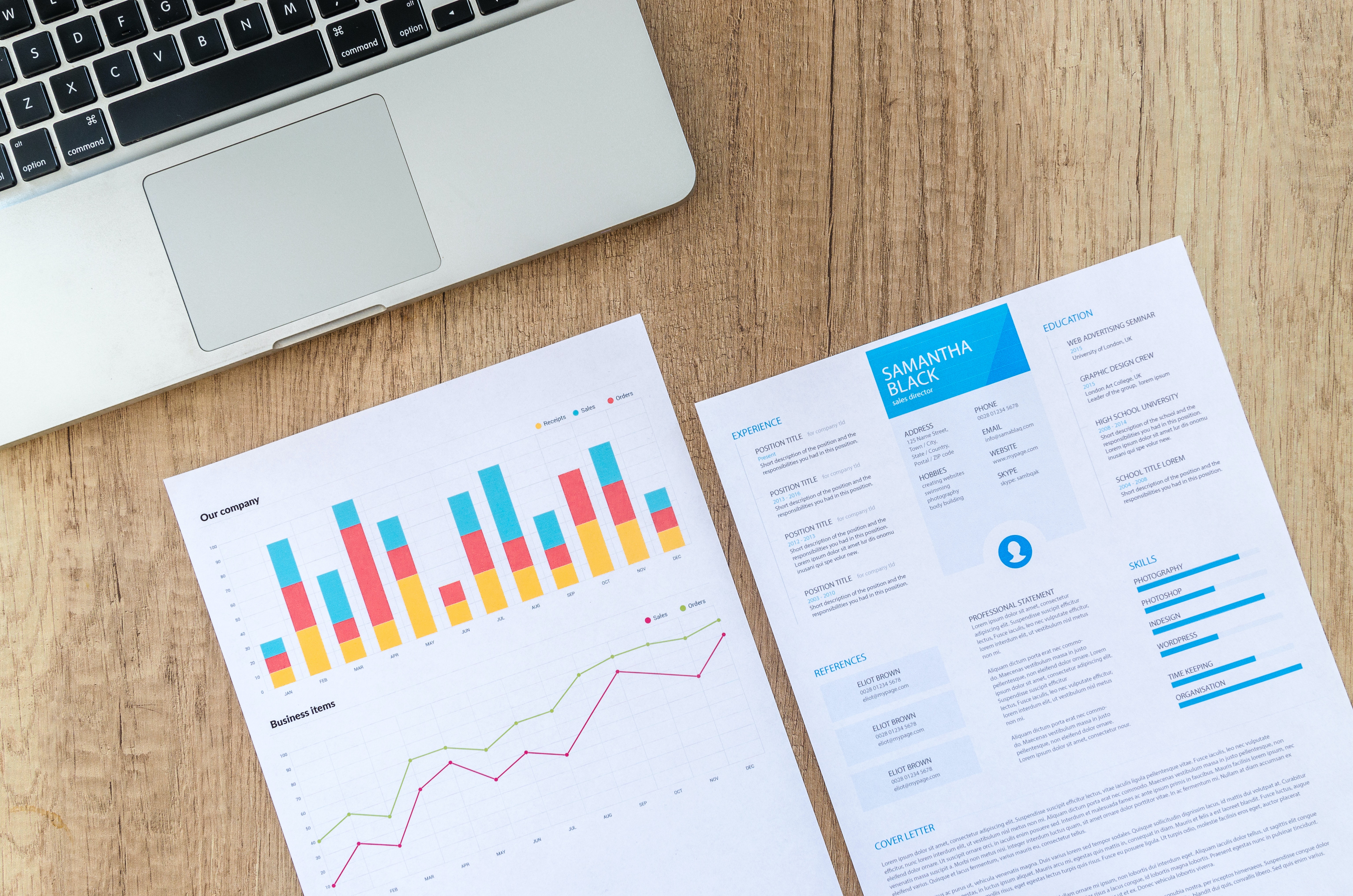![]()
![]()

Science r![]() ests on objectivity, which is derived mostly from data, and these data points are ideally presented as tables and figures in research papers. In science, you must measure or count: it is not enough to say that alloy X is a bad conductor of heat; you say that water at 80°C stored in a vacuum flask made from that alloy reached 75°C after 12 hours of storage at ambient temperature. Better yet, you plot a graph with hours on the horizontal axis (the X axis) and temperature on the vertical axis (the Y axis) to show your readers the slow decrease in temperature. That graph will be worth the proverbial thousand words. But not all numbers can be easily captured or explained, and some data need to be presented as tables and figures in research papers for better understanding.
ests on objectivity, which is derived mostly from data, and these data points are ideally presented as tables and figures in research papers. In science, you must measure or count: it is not enough to say that alloy X is a bad conductor of heat; you say that water at 80°C stored in a vacuum flask made from that alloy reached 75°C after 12 hours of storage at ambient temperature. Better yet, you plot a graph with hours on the horizontal axis (the X axis) and temperature on the vertical axis (the Y axis) to show your readers the slow decrease in temperature. That graph will be worth the proverbial thousand words. But not all numbers can be easily captured or explained, and some data need to be presented as tables and figures in research papers for better understanding.
 Choose between tables and figures in research papers
Choose between tables and figures in research papers
If the numbers have a pattern—if your data are telling a story—it is better to use a graph so that readers can take in that pattern at a glance. However, then you cannot show the exact values of the variable you measured. Or you may want to show multiple variables: weather data, for instance, comprising temperature, precipitation, relative humidity, number of hours of sunshine, etc. You will need multiple figures for such data, whereas with tables in a scientific paper, all you need to do is to add a few more rows or columns. Then there is the question of scale: if the values of a variable vary greatly, it is difficult to choose the right scale for a graph. Imagine you have recorded the body mass of every animal in a plot measuring 1 km²; the animals may range from ants and spiders to wolves and even elephants. No simple scale can accommodate such a range, from milligrams to tonnes, whereas tables in a scientific paper pose no such problems.
Refer explicitly to each table and figure in research paper text
Make it a point not only to mention the tables and figures in research papers that you write, but to also say something about each in the main text: instead of writing “the body mass of different animals is given in Table 2,” write “the body mass of different animals varied greatly (Table 2).” You are thus priming your readers before they turn to the relevant tables and figures in research papers.
Incidentally, the word “figure” is used broadly, but irrespective of the kind of illustration (whether a map, a diagram, a photograph, or a flow chart, etc.)—number all these in one sequence, referring to them as Fig. 1, Fig. 2, and so on. Note also that some journals prefer the abbreviated form whereas other journals spell it out (Figure 1, Figure 2, and so on).
You should also be careful with numbering while working on the post-peer review version of your manuscript. For example, the reviewers may have suggested that you add or remove some figure(s) or table(s): in that case, make sure the tables and figures in research papers are renumbered accordingly.
Indicate sources where required
The convention is that if no source is given for tables and figures in research papers, it is assumed that the author of the research paper is the source. Therefore, skip the source if the tables and figures in research papers you are writing are based on your own data. However, if you have borrowed the data, always mention the source or sources, as applicable. If you have modified the original research paper’s figure or have added more columns or rows, acknowledge this by saying “adapted from” or “modified from.” Note that even if you re-use or adapt tables and figures in research papers you’ve previously published yourself, you will need to cite the source, the way you would cite your own paper in the main text if you were referring to it.
Avoid blank cells in a table
It is possible that for some cells within tables in your scientific paper, you lack the required data: the recording device did not run because of power outage, for example, or the variable in question simply does not exist (the length of the coastline for Switzerland, for example). In such cases, use Not available or Not applicable, as the case may be (avoid NA, because it is ambiguous). If readers see blank cells in tables in scientific papers, they have no means of knowing whether the author simply forgot to fill in the values or the cells are blank because the relevant data were not available or not applicable.
Align columns correctly
A column of numbers in the tables in scientific papers can be aligned in different ways: right aligned, left aligned, aligned on the decimal point, centre aligned, and even justified. However, the choice is governed by clear conventions. To begin with, forget the last two options: never choose either “justified” or “centred” alignment.
This narrows it down to three choices for tables in research and is governed by how the numbers within a column are related. If all the numbers share a common unit and all are whole numbers, align them to the right; if they share a common unit but are decimal numbers, line them up on the decimal point; if they do not share a common unit (one row refers to body mass, another refers to length, a third one tells you the frequency with which the animal is found in the sampling area, etc.), align them to the left to emphasize that they share no arithmetical relationship. When creating tables in scientific papers, it is wrong to line the numbers up as you would if you were going to give a total at the bottom (keeping tens below the tens, hundreds below the hundreds, and so on).
Indicate scale in pictures of unfamiliar objects
In photomicrographs, it is customary to include a short line or rule (a scale bar) that shows its length (in micrometres, nanometres, etc.) so that viewers looking at the research paper figure have an idea of the size of the object (a cell, a spore, the width of an opening, or whatever). However, imagine somebody who has never seen grapes looking at the picture of a bunch of grapes: how can the person tell the approximate size when there is nothing to compare it against? A simple solution in this case is to show the bunch nestling in someone’s palm: that way, one can judge the approximate size of the unknown object reasonably well.
Proofread tables and figures in research papers carefully before submission
Using tables and figures in research papers can add value to your work, but only if you present them well, keeping in mind some of the points mentioned in this article. Remember to always run a thorough proofread to identify any inaccuracies and inconsistencies in the tables and figures in research paper. And as a final check, run your paper through My Research Projects, a full-suite manuscript assessment tool from Researcher.Life, which helps you make your manuscript ready for submission.
My Research Projects assesses a manuscript by running multiple checks, including those for language quality, relevance of references, structural completeness, ethical declarations, and tables and figures in research papers. It checks whether all the tables and figures in a research paper are cited in the main text, whether they are numbered sequentially, and whether all the tables and figures in research paper have accompanying captions. It also flags any discrepancies for the author to resolve.
Click here to find out more about how My Research Projects and Researcher.Life can help check tables and figures in research papers among other key parameters to make your manuscript submission-ready.


